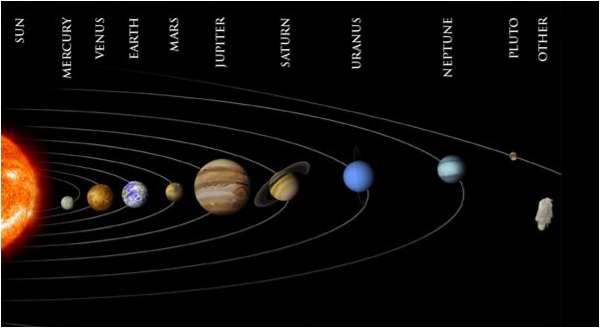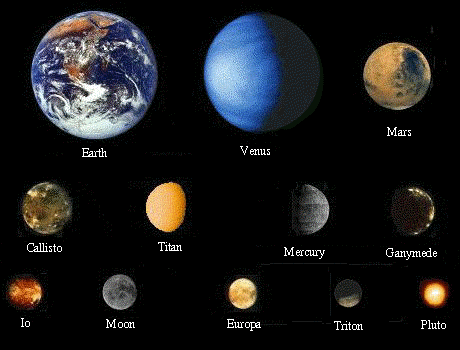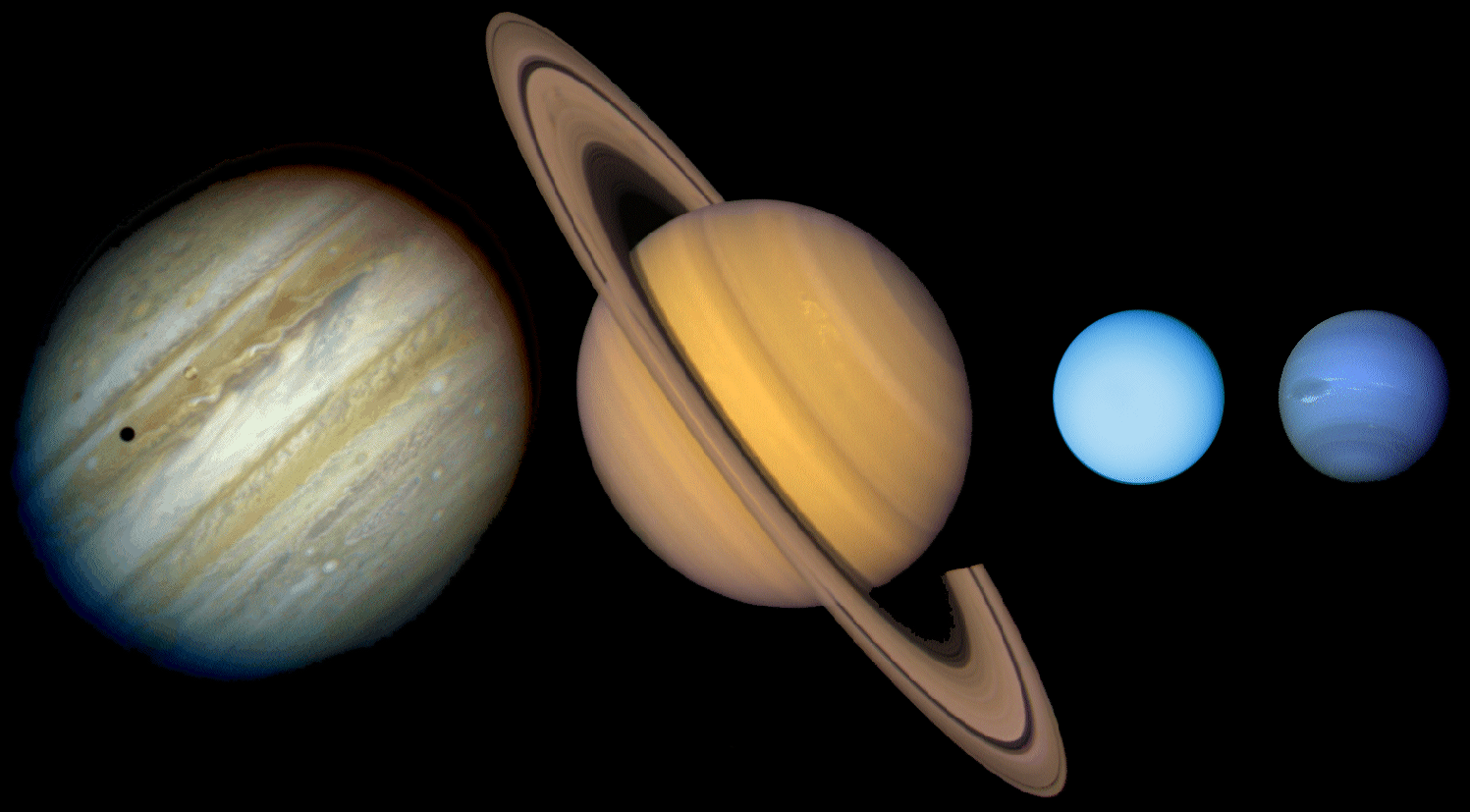Difference between Jovian and Terrestrial Planets

There are a total of 8 planets in the Solar System; Mercury, Venus, Earth, Mars, Jupiter, Saturn, Uranus and Neptune. These planets are further divided into two categories; Terrestrial and Jovian. There are a number of differences between Terrestrial and Jovian planets.
Jupiter, Saturn, Uranus and Neptune fall under the Terrestrial category while Mercury, Venus, Earth and Mars are categorised as Jovian planets. The first difference between Terrestrial and Jovian planets is their surface. The surface of Terrestrial planets is solid whereas the surface of Jovian planets is gaseous. This means the once can walk on a Terrestrial planet while walking on a Jovian planet not possible.
Instructions
-
1
Size is another major difference between Terrestrial and Jovian planets as the former type of planets are comparatively smaller. This difference can be attributed directly to the first difference. Jovian planets take up more space because of their gaseous surface and thus their size is more as compared to Terrestrial planets.
There is a difference between the atmosphere of Terrestrial and Jovian planets. Carbon dioxide and nitrogen are the major components of the atmosphere of a Terrestrial planet while Jovian planets have hydrogen and helium in abundance.
When making a comparison between Terrestrial and Jovian planets in terms of core density, Jovian planets dominate Terrestrial planets. Furthermore, there is a difference between the respective distances of a planet from the sun. Terrestrial planets are closer to the sun as compared to Jovian planets.
Another difference between Terrestrial and Jovian planets is that the former spin less and are not as flat at the poles as compared to the latter. Last, but not the least, Jovian planets have a greater number of moons than Terrestrial planets. For instance Jupiter, which is a Jovian planet, has a total of 67 moons. On the other hand, Earth, which is a Terrestrial planet, has only 1 moon. -
2
Terrestrial Planets:
Planets which are primarily composed of silicate rocks or metals are called terrestrial planets. The word ‘terrestrial’ is derived from ‘Terra’ and ‘Tellus’ which are Latin words for Earth.
-
3
Jovian Planets:
Planets which are not primarily composed of silicate rocks or metals are called Jovian planets. These planets are formally known as ‘Gas Giants’. There are a total of 4 Jovian planets in the solar system.







